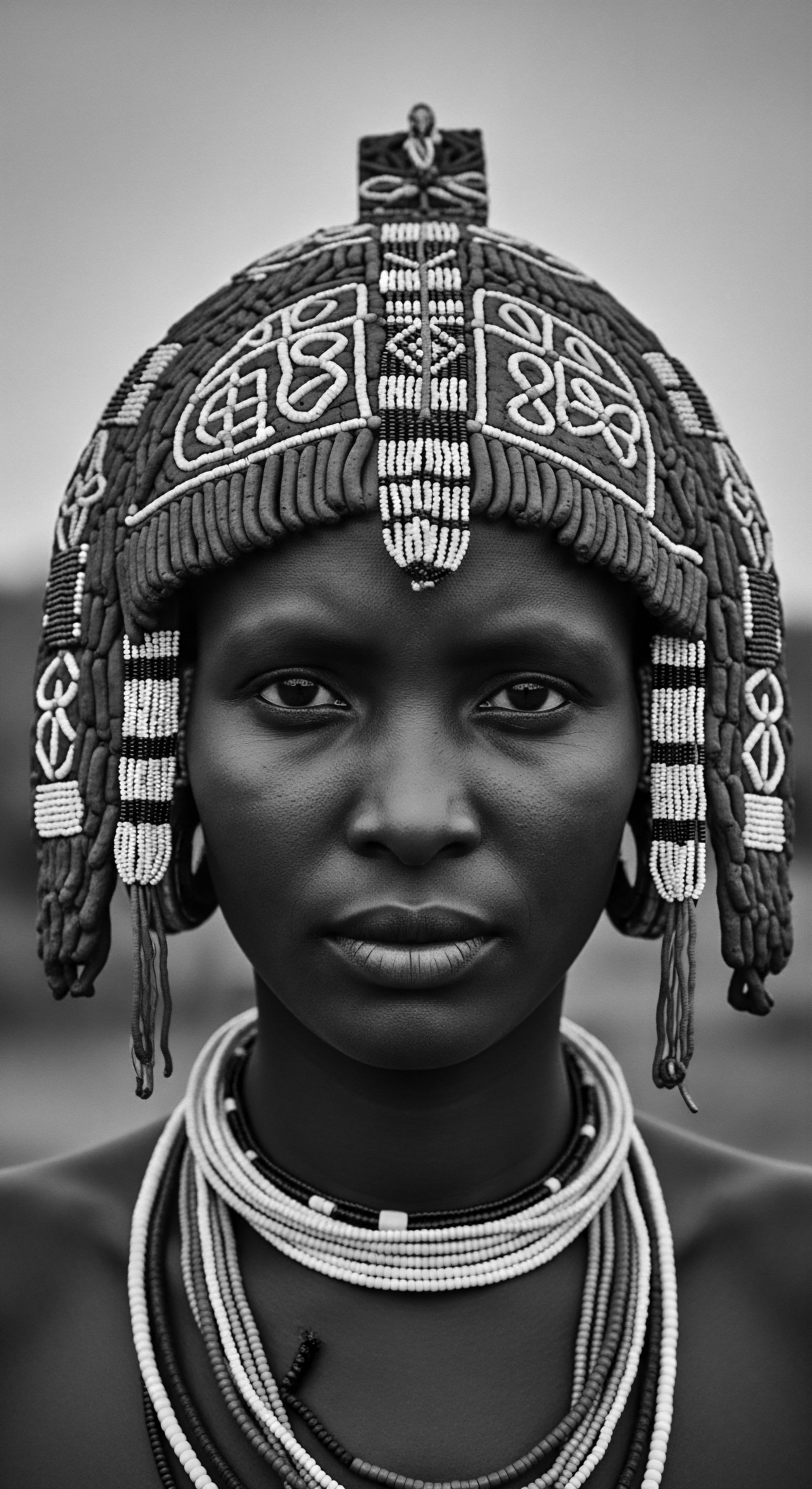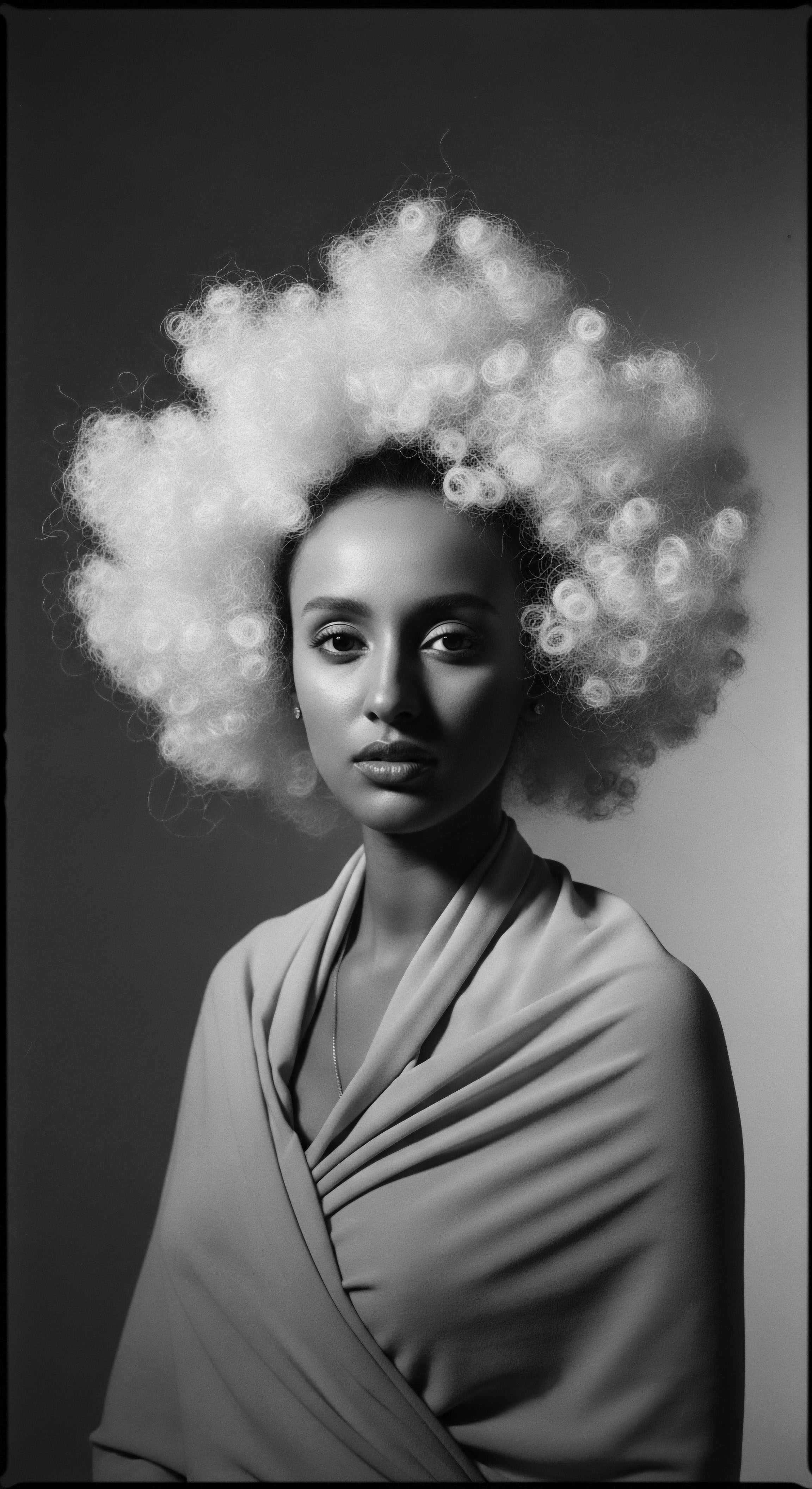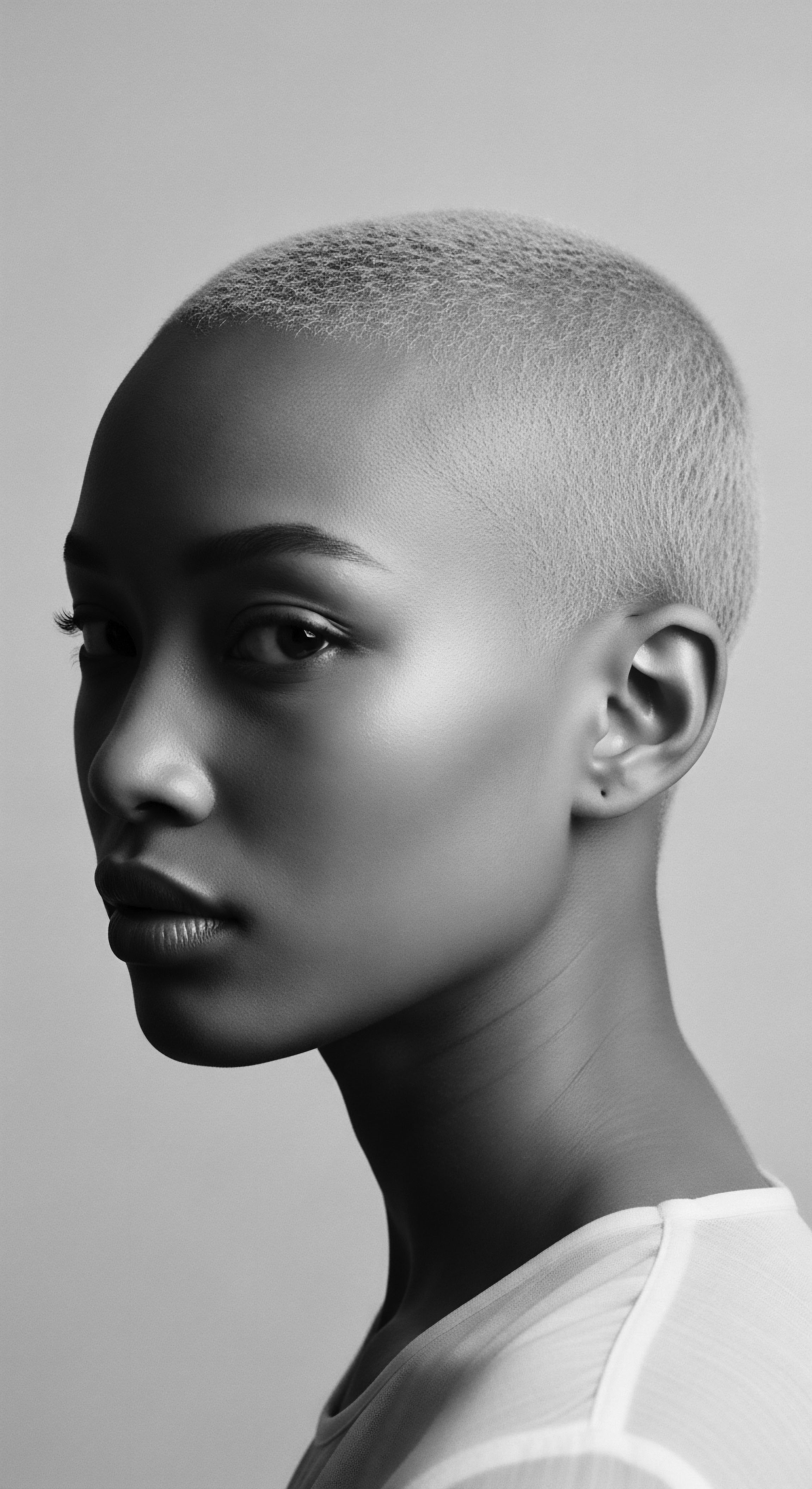
Wigs Kemet
Meaning ❉ Wigs Kemet is the ancestral archetype of hair care and adornment from ancient Egypt, deeply informing textured hair heritage.

Textured Hair Keratin
Meaning ❉ Textured Hair Keratin is the unique fibrous protein forming coiled hair's structure, reflecting ancestral biology and deep cultural heritage.

